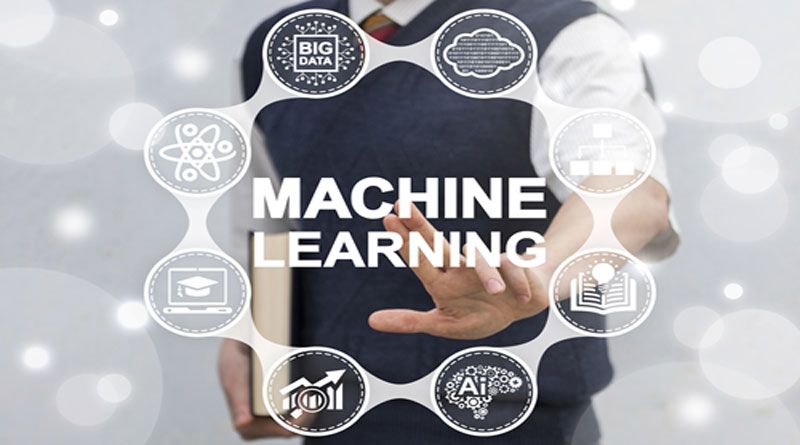When you say ‘machine learning’ you may get mental images of a dystopian future from a sci-fi movie. Yet the term actually dates to 1952!
It seems machines have been learning for longer than we thought.
So how does machine learning work? Are there different types of machine learning? Is it the same as artificial intelligence?
Read on to learn the answers to these questions and more.
What Is Machine Learning?
Machine learning involves programs processing information at a rapid rate. These programs analyze the information to inform the decisions they make.
There are different types of machine learning depending on what you need. The most commonly used are supervised, unsupervised, and reinforcement learning.
Supervised learning uses algorithms to find relationships between the data you input and predicts what output you’ll get.
Unsupervised learning can find patterns in data once it’s fed enough to learn from them. These are helpful when people know there are patterns in the data, but they don’t know what to look for.
Reinforcement learning takes data from interactions with an environment. It then predicts what action to take next that will provide a reward and reduce risks.
How Does Machine Learning Work?
Operators need to ‘program’ the machines before they can learn. This involves inputting data sets to give the machine something to work with.
Think of it this way. If you wanted to learn to knit, you would follow a range of patterns. After you’d followed enough of them, you’d feel able to create your own.
You’d use what you’d gleaned from the patterns to guide you. That includes the type of yarn, the size of the needles, or stitches required.
The patterns become your data set. Having ‘analyzed’ them (i.e. used them), you gained an understanding of how they worked. Then you applied that information to a new project.
Machine learning is very similar. Following this example, it would learn all knitting patterns include a bind-off row. They need this to stop the work unraveling.
In case you’re wondering? Janelle Shane fed 5228 knitting patterns into a network to generate new patterns. The project became known affectionately as SkyKnit.
Why Is Machine Learning Useful?
Machines can process and apply information faster than humans can. Let’s say you want to put a job out to tender.
You know you’ll get a lot of bids, so you decide to filter out those who don’t meet your criteria.
Perhaps the companies have a measurable reputation for good work. Maybe there’s a minimum price you want to pay and you know anything less will be substandard work. Yet you also want to work with a company that has completed a certain number of similar jobs before.
Create a data set using examples of the kind of bids you want. Set your minimum values so the program knows what to look for.
When you feed the live bids into the software, it can cross-reference each one against your data set.
It will discount the bids that don’t meet your criteria. This saves you time and effort in reviewing them yourself.
Machine learning is excellent for automation. Programs like this automation tool can speed up your workflow.
Machine Learning Speeds up Your Business
If you were asking “how does machine learning work?”, now you know. It’s a way to automate how you process data.
Yet it goes beyond that. It uncovers patterns in the data even when you didn’t know what to look for. You can get more value out of the information you already hold.
The sky can be the limit for your business.
Check out our technology articles for more on machine learning for beginners.

Namaste UI collaborates closely with clients to develop tailored guest posting strategies that align with their unique goals and target audiences. Their commitment to delivering high-quality, niche-specific content ensures that each guest post not only meets but exceeds the expectations of both clients and the hosting platforms. Connect with us on social media for the latest updates on guest posting trends, outreach strategies, and digital marketing tips. For any types of guest posting services, contact us on info[at]namasteui.com.

